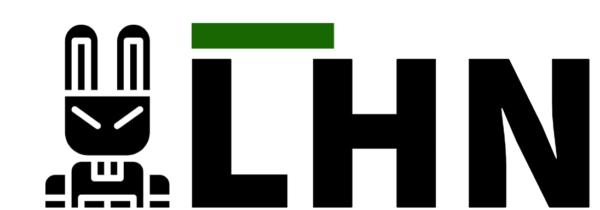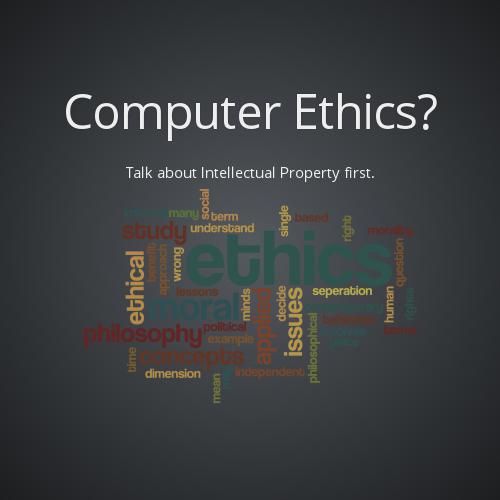Computer ethics has its roots in the work of Norbert Wiener during World War 2. Wiener’s book included
- An account of the purpose of a human life
- Four principles of justice
- A powerful method for doing applied ethics
- Discussions of the fundamental questions of computer ethics,and
- Examples of key computer ethics topics.
In the mod 1960s, Donn Parker of SRI International in Menlo Park, California began to examine unethical and illegal uses of computer by computer professionals. By the 1980s a number of social and ethical consequences of information technology were becoming public issues in America and Europe: issues like computer-enabled crime, disasters caused by computer failures, invasions of privacy via computer databases, and major law suits regarding software ownership.
During 1990s many universities introduced formal course in computer ethics. Many textbooks and other reading materials were developed. It triggered news research areas and introduced of journals.
Generally speaking, ethics is the set of rules for determining moral standards or what is considered as socially acceptable behaviors. Today, many computer users are raising questions on what is and is not ethical with regards to activities involving information technology. Obviously, some general guidelines on ethics are useful responsibly in their application of information technology.
General guidelines on computer ethics are needed for:
- Protection of personal data
- Computer Crime
- Cracking

